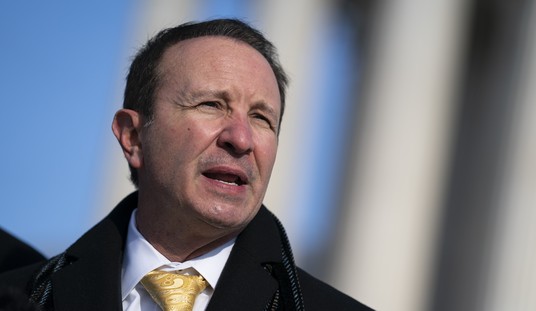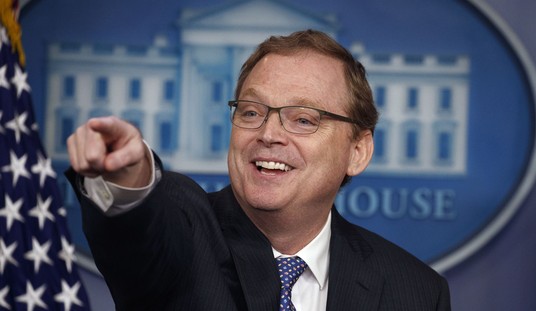In less than six weeks, healthcare open enrollment will start. That’s when sticker shock will start to set in.
Just how bad is it going to be this year? So bad that even The New York Times has written about the soaring costs and how it will push consumers into lower quality plans:
Even someone who shopped wisely this year and is willing to switch plans to get the best deal next year is looking at an average premium increase of 11 percent, according to an analysis of rate filings in 18 states and the District of Columbia provided by the McKinsey Center for U.S. Health System Reform.
[. . .]
People who want to stay in their current plan — either because they like the coverage or want to keep a certain group of doctors and hospitals — could face much larger increases.
To recap, if a consumer is willing to move into a lower-quality healthcare plan, she will pay an average of 11 percent more. If she wants to keep her current health plan, the increase will be much larger.
But instead of facing scrutiny, health insurance companies are in bed with the Obama Administration and Democrats in Congress, who are desperately trying to salvage the sinking ObamaCare ship. Their strategy is to build a straw man to blame for rising health insurance costs – the pharmaceutical industry.
This playbook was on display in California, where two large insurers cited rising prescription costs as justification for a nearly 20 percent increase in health insurance premiums:
To make the case for substantial rate hikes, both Anthem and Blue Shield cited higher drug spending as a major factor. Anthem forecast a 17.7 percent jump in prescription drug costs for 2017; Blue Shield was close behind at 15.2 percent. Blue Shield said soaring drug costs are one reason it lost money on individual policies in the first half of this year.
The only problem is that the facts don’t support the assertions.
The most-recent analysis done by the Altarum Institute found that prescription drug costs rose just 3.9 percent year-over-year in July, its lowest level in more than three years. Further, at just 10 percent of overall health spending, prescription drugs contributed just 0.39 percent to the 4.9 percent increase in overall healthcare spending – hardly enough to push insurance costs higher.
Unfortunately for Anthem and Blue Shield of California, a California consumer advocacy group caught them in their lie. The group, Consumers Union, flagged state regulators, who will examine whether the groups are “exploiting the outrage over high drug prices to artificially inflate their premiums for individual coverage under the Affordable Care Act.”
The truth is, dissatisfaction toward ObamaCare and health care in America in general is complex and widespread.
A new survey by the Partnership to Fight Chronic Disease demonstrates just how broad and deep the dissatisfaction runs. The survey of more than 22,000, shows that Americans are concerned about rising costs of health insurance and also about a corresponding decline in the quality of care.
Despite the rising costs, only 11 percent said that their health insurance was getting better. Sixteen percent of younger people – who don’t consume much healthcare – say healthcare is getting better, a view only shared by only 7 percent of those respondents over 65 years old. On the other hand, four times as many people over 65 say that health insurance is getting worse.
These trends are mirrored in other findings from the survey. In the past year, 77 percent of those surveyed said that they or someone they know had trouble using their health insurance.
The top concern among those surveyed is that hospital pricing is too opaque. More than 7-in-10 called for more transparency of costs at hospitals. With patients footing more and more of the bill, they’re starting to ask questions about how hospitals decide pricing.
The Partnership to Fight Chronic Disease study demonstrates yet again that it’s becoming more costly and more difficult to obtain high-quality health insurance. The group’s chairman, Ken Thorpe, summed it up well: “patients are facing less coverage and higher costs than they expected, making access to care – especially for those with one or more chronic conditions – more difficult.”














Join the conversation as a VIP Member